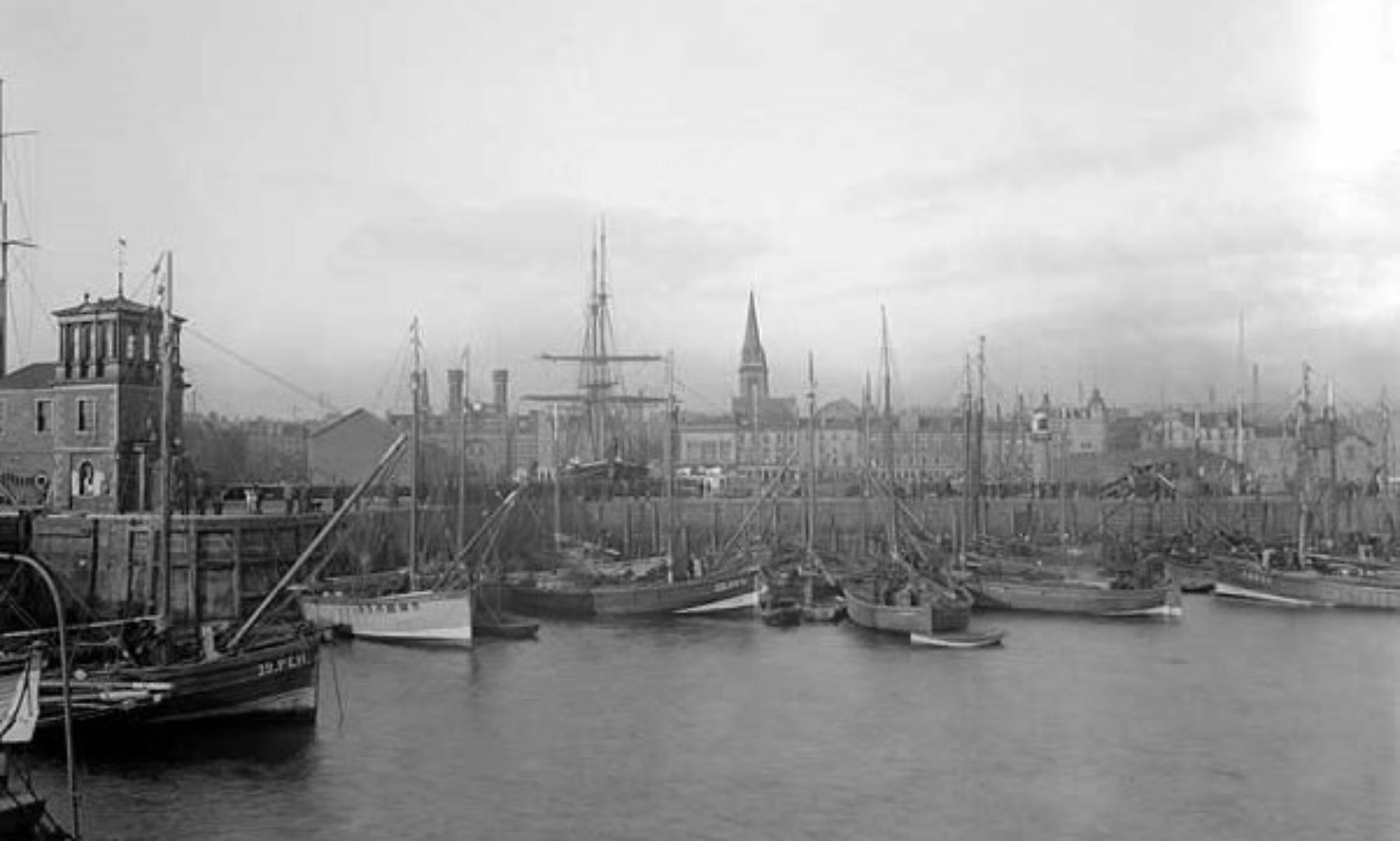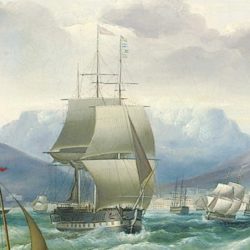This blog post has been a difficult one to write. I wanted to unpack the process of researching a family history, but I have become so immersed in the story of George Robertson Nicoll and his extended family that, for a time, I have been unable to work out what it is that I am actually doing. Am I writing historical sociology (as I had initially intended) or is this a work of fiction (novel, movie or serial)? Or is it both? What are the implications if this is so?
In a classic text on history, E.H. Carr (1961) reminds us that historians always have an angle; history is never neutral, it is always told for a purpose and from a particular point of view, so that one person’s account of an historical event or situation may be very different to that of another person. More recently, critical humanist researchers have argued that people are ‘active, competent interpreters and theorisers of their own lives’ (Stanley 2013: 5). Because of this, those telling a story do so in full knowledge that others will read what they have written. They choose what should be said and what should not be said, in doing so, present a version of themselves that they wish to share with others.
This is a helpful way into thinking about Fifty Years’ Travels in Australia, China, Japan, America Etc and its accompanying manuscript, The Life and Adventures of Mr George Robertson Nicoll. The author of these biographical memoirs, George Robertson Nicoll, is the hero of his own life story, which is a tale of action, adventure and derring-do; he is also a social commentator and chronicler of other cultures and societies, even though he is at pains to tell readers in the introduction to the manuscript that he is ‘not a scholar’.
Of course, George Robertson Nicoll is not the only active, generative voice in this project. This is equally true of me, self-appointed narrator/ interrogator of George’s memoirs. What I bring to this project is many years of studying history and sociology, as well as a life lived as a self-confessed feminist and socialist, mother, and most recently, social work academic. I inevitably see George’s story in a particular way, and the things that interest me most may not be the same as those that capture the imagination of others, family members and external readers alike.
But there is another complicating factor. This isn’t just any old historical memoir that I have come across and found fascinating. It is the journal of a distant relative of mine, my great great great great-uncle, and all the stories that he tells, and the people who came after him, have a real connection with me. This brings a whole extra dimension to the project, because this becomes not just a biographical study, but, in many ways, an autobiographical one too. What will I do if I come across a story that places a family member in a bad light? Will I be tempted to skip over this, or look for alternative explanations that I would not have done if George had not been, in a sense, part of ‘me’ and me of ‘him’? The need for reflexivity will be no less in this historical project than in any more conventional social science research project.
One example of something that currently perplexes me relates to Blog 2, in which I suggested that George’s last surviving son, John Baird Nicoll, probably died before he had been able to retrieve the manuscript from the National Library of Australia in Canberra, after he had tried (unsuccessfully) to sell it to the librarian. Further research (thanks to my very distant cousin John Macvean from the Gold Coast) proves that John Baird did collect the manuscript after all. His wife Gertude (Cassie) subsequently went on to sell it to the library following John Baird’s death in 1938 because she needed money to pay for doctor’s bills; what can only be described as a begging letter to the library demonstrates that this was indeed the case. But why were they so short of money at this time? We know that John Baird and Gertrude went on a cruise in 1901, presumably paid for with John Baird’s share of his father’s estate (his account of the trip is attached to the manuscript of George’s adventures). We also know that George was a wealthy man when he died in 1901. His elder sons, George Wallace and Bruce Baird, also died wealthy, as did his daughter Mary (they all died in their 50’s, in 1904 and 1906). So was John the ‘black sheep’ of the family, the one person who had not inherited an aptitude for business and for making money? Or is there another explanation, one that is caught up in the relationships within the family, and which may emerge at some point over the course of this biographical/autobiographical journey? Time – and further investigation – may tell. Then again, it may not. This might become one of the very many questions that remain unanswered, even after the genealogical digging has ended, and the story has been put to rest.
This short scenario illustrates the way I hope to use this blog as an opportunity to practise the ‘uncomfortable reflexivity’ that Pillow (2003) urges on all researchers. It will be a place to ask questions, try out ideas and share vulnerabilities in a way that might be less possible within the confines of a more formal academic paper (Guerin et al., 2015). Through this process, I hope others may bring their own observations and inquiries, here or on my new Facebook site, and that this then may lead to more questions and more insights, and with luck, a deeper understanding of this personal, social and cultural journey.
Viviene E. Cree
24th June 2019
References
Carr, E.H. (1961). What is History? London: Pelican.
Guerin, C., Carter, S. and Aitchison, C. (2015) Blogging as a community of practice: lessons for academic development? International Journal for Academic Development, 20(3): 212-223.
Pillow, W. (2003). ‘”Confession, catharsis, or cure?” Rethinking the uses of reflexivity as methodological power in qualitative research’, International Journal of Qualitative Studies in Education 16(2): 175-196.
Plummer K. (2001). Documents of Life 2. An Invitation to a Critical Humanism. 2nd edition. London: Sage.
Stanley, L. (2013). Documents of Life Revisited Narrative and Biographical Methodology for a 21st Century Critical Humanism. Farnham: Ashgate Publishing Ltd.

